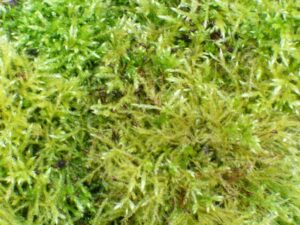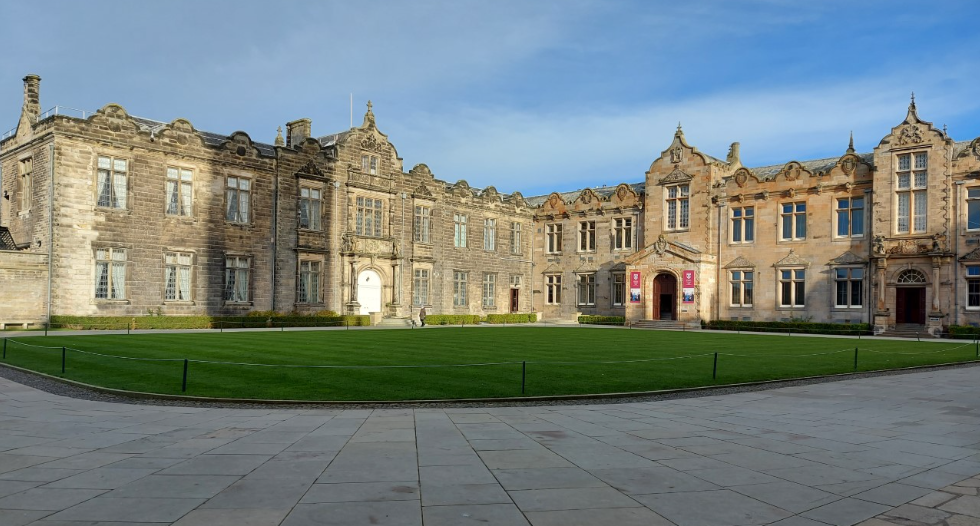Sphagnum Moss

Sphagnum moss is the collective term for numerous different species of peat moss which carpet marches, heaths, and moors around the world. Sphagnum moss has been used for at least 1,000 years to help heal wounds, although it was during the First World War that scientists began to fully understand its medical potential. On 17th November 1914, Edinburgh military surgeon Charles Walker Cathcart and Regius Keeper of the Royal Botanic Garden, Edinburgh, Professor Isaac Bailey Bafour, published an article in the “Science and Nature” section of the Scotsman titled “Sphagnum Moss in Surgery”. In this article, Cathcart and Balfour remarked on the extraordinary ability of Sphagnum Moss to absorb and retain water. They identified two species of Sphagnum which thrived in Scotland, Ireland, and parts of England, and which could be used to absorb fluids such as blood and pus. They also remarked on the antiseptic properties of Sphagnum.
At the outbreak of hostilities, the German army was already making heavy use of Sphagnum moss in its medical dressings. The marshlands of North-Eastern Germany and Bavaria provided them with vast supplies of the desired moss. Britain, meanwhile, was behind the curve. It still heavily relied on cotton dressings, which were only half as absorbent as Sphagnum dressings and had no antiseptic properties. The imported cotton was expensive, and as the war progressed, more and more of it was being used to make explosives. Cathcart and Balfour advocated for the use of Sphagnum instead of cotton, and for centres for its cleaning and preparation to be set up throughout Scotland and the rest of the UK. By 1918, one-million dressings were being sent from such centres in Britain to hospitals on the western front, in Egypt, and in modern day Iraq.
St Andrews, like many other towns in the UK, processed large quantities of Sphagnum moss. The moss grew on moors near Mount Melville, and the Boy Scouts collected and delivered the moss to households in the town to be dried. The semi-dried moss was them passed on to a body of nearly 100 volunteer “pickers”, who would remove any unwanted vegetation and prepare the moss to become a medical dressing. These “pickers” were mostly women, and they initially operated out of the War Hospital Supply Depot. The Depot was formed in 1915 by a Mrs Gilbert Wilson and was based in her home, however that soon became impractical. Eventually, the University lent Upper College Hall to the Depot to produce Sphagnum dressings, while the depot also had a branch at St Leonards School.

It wasn’t just medical dressings which the Depot made, but also shell dressings, pneumonia jackets for gas attacks, gauze swabs, stretcher quilts, large bandages for abdominal, chest, shoulder, and hip injuries, and fracture pillows with Sphagnum moss dust. In its first year, the depot produced 76,785 different medical items, while in its second year it produced 132,141 medical items. The scale of this production demonstrates the large demand for medical dressings and equipment on the battlefields of the war.
